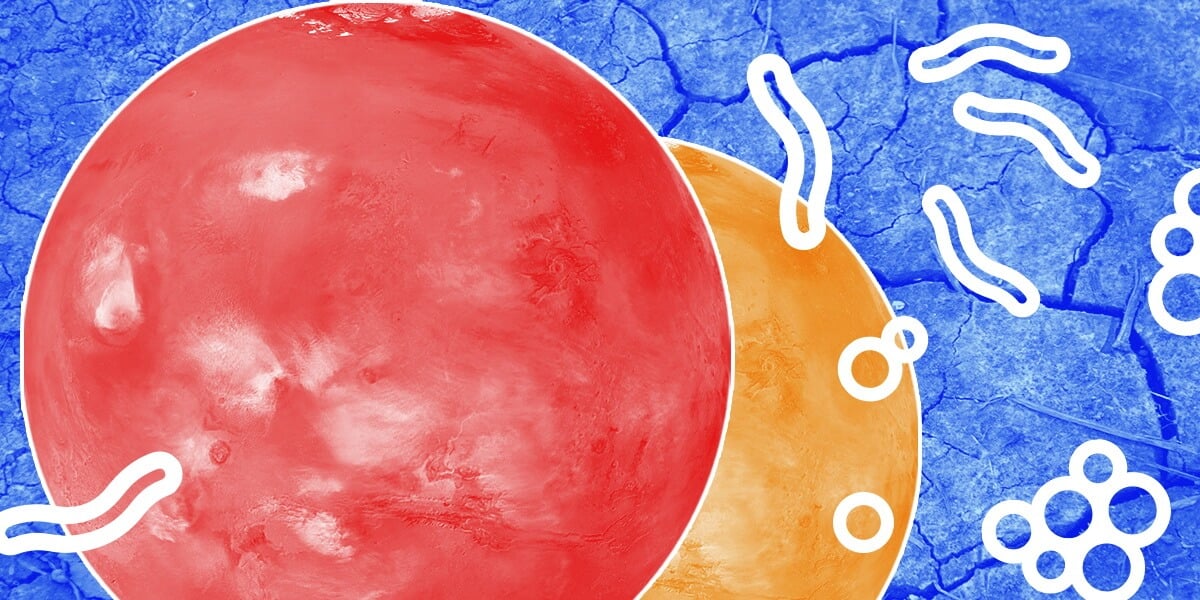
When searching for a new potentially habitable planetary bodies astronomers always pay attention to one aspect – the presence or absence of this planetary body of water. They are so used. On Earth there is water, and it is an important and integral part of sustaining life on our planet. So whether it’s the bottom of Europa’s ocean (talking about Jupiter and not about part of the world) or liquid methane lakes of Titan – we always pay attention to the presence of even if not water but some liquid. But does it matter really? A new study conducted by Washington state University (USA), suggests that life can exist even at the minimum available amount of liquid, and therefore can exist on such planets as Mars is dry.
The results of this study were published in the journal Proceedings of the National Academy of Sciences. The example given is the most arid region is the most arid deserts on the planet – the South American Atacama desert. There decades no rain. A feature of Peruvian currents cools the lower atmosphere and creates a temperature inversion that prevents precipitation. In the best case, the annual rate does not exceed 50 mm. in Other words, we have before us a perfect analogue of the surface of Mars.
Generally in such conditions life could exist?
Scientists know that even in these extremely dry conditions found microbial life, but previously, researchers were not sure about one thing: whether their habitats native to these microbes, or they migrated here due to weather factors. In the new study, the researchers came to the conclusion that in this desert there is indeed a constant presence of microbial life.
When visiting the Atacama desert in 2015 after one of the rare rains, scientists have witnessed a real flourishing of microbial life in the soil. When the researchers came back here two years later, in the collected soil samples, they found the same microbial community. Though the latter began to dry up and fall into a kind of hibernation waiting for a new rain.
“It is always interesting to go to places where, in the opinion of the people, it’s just that nothing can survive, and eventually discover that life still somehow found a way to do it,” — says the scientist Dirk Schulze-Makuch from the University of Washington.
Schulze-Makuch led this study and made it part of their work on the study of the most persistent of extremophiles (organisms able to survive in the harsh conditions of the environment) on the Earth. Their study may help understand how life could spread in the Universe.
“If we ignore the reference to the movie “Jurassic Park”, our research indicates that if organisms are able to survive in the most arid regions of our planet, it is quite possible that life could appear and to maintain its presence and at the same Mars,” he added.
Of course, the results of the study do not allow to draw a final conclusion about what Martian life leads a very secret life. Nevertheless, they indicate the availability. This is due to the confidence scientists that in the past on the red planet had liquid water. Martian microbes could in this time to develop, and when Mars began to dry, they can adapt to changing conditions, to go deeper under the surface and eventually, just as the earthly microbes to become dormant. Because Mars is a planet much colder than Earth, it contains a lot of ice caps. Scientists suspect that if the caps somehow you melt, then microbial communities can again “come to life”.
The next step for the Washington team of scientists will be the study of extremely cold areas and places with high salt content, which in turn will allow to lay a new parallel to Martian conditions.
“On Earth there are only a few places where you can go in search of new life forms that have managed to survive in environments of severity is not inferior to the Martian. Our task consists in understanding how these organisms are able to survive in such conditions. With this information we will be able to understand where actually worth the search for life on Mars,” concluded Schulze-Makuch.
There is life in the driest desert on Earth. So she could be on Mars
Nikolai Khizhnyak